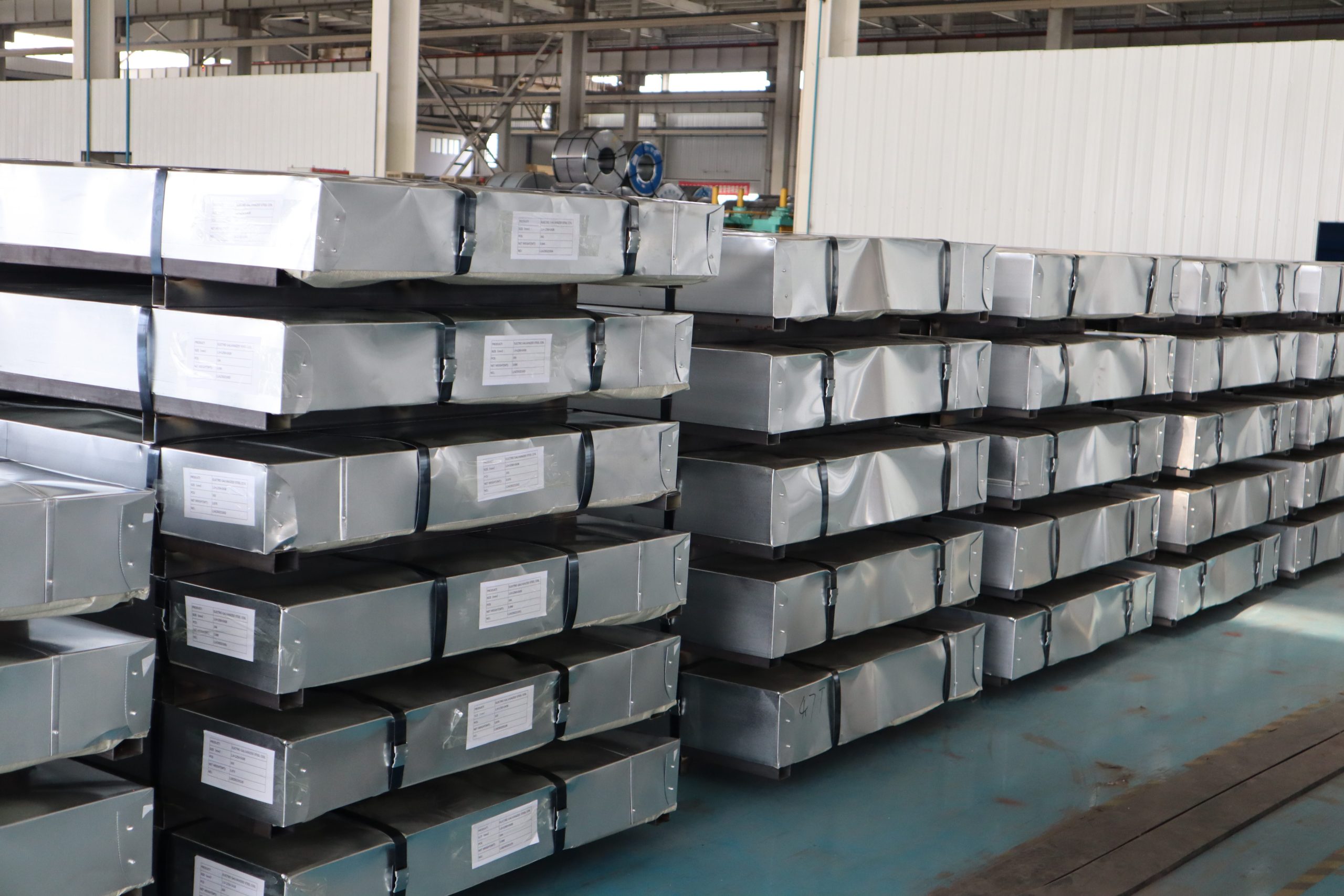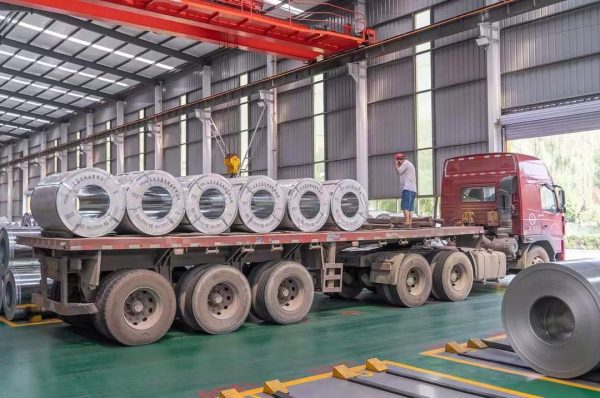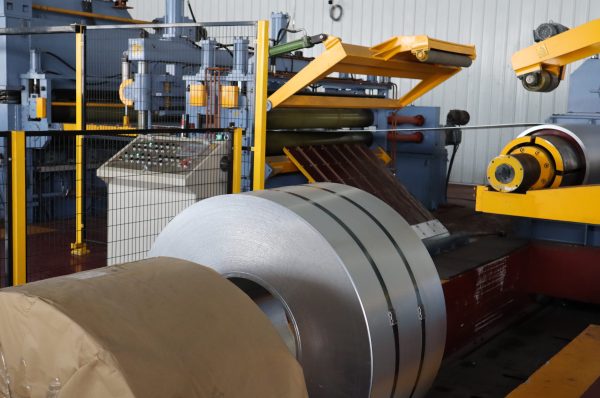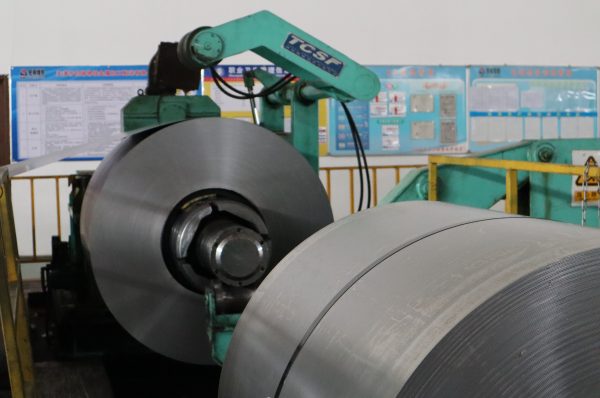Steel prices have experienced significant fluctuations in recent months, driven by a range of complex factors. As industries grapple with these changes, understanding the underlying causes of rising steel prices is crucial for managing costs and planning effectively. This article breaks down the key factors contributing to the current surge in steel prices.
1. Raw Material Costs
The cost of steel is closely tied to the prices of its raw materials—primarily iron ore and coking coal. Recently, the prices of these commodities have surged due to a combination of supply constraints and increased demand. Major mining regions have faced disruptions, and export restrictions have further limited supply. Additionally, geopolitical tensions, such as trade disputes and conflicts, have affected the availability and cost of these essential materials. As raw material costs rise, steel manufacturers face higher production expenses, which are often passed on to consumers.
2. Supply Chain Disruptions
The global supply chain has been under significant strain due to the COVID-19 pandemic. Transportation delays, shipping container shortages, and port congestion have all contributed to disruptions in the steel supply chain. These logistical challenges have led to increased shipping costs and longer lead times for steel delivery. As a result, steel producers and distributors have faced higher operational costs, which contribute to the overall rise in steel prices.
3. Increased Demand
Economic recovery from the pandemic has led to a surge in steel demand across various sectors. Infrastructure projects, construction activities, and industrial production have all rebounded strongly, driving up the need for steel. Stimulus packages and government investments in infrastructure have further boosted demand, putting pressure on steel suppliers to meet the heightened needs. This increased demand, coupled with supply constraints, has created a supply-demand imbalance that drives prices upward.
4. Environmental Regulations
The steel industry is facing more stringent environmental regulations aimed at reducing carbon emissions and promoting sustainable practices. Compliance with these regulations often requires significant investment in cleaner technologies and processes. For instance, many steel producers are adopting energy-efficient technologies and transitioning to lower-carbon production methods. These investments increase production costs, which are typically reflected in higher steel prices as manufacturers pass on the costs to their customers.
5. Geopolitical Tensions
Geopolitical tensions and trade policies also play a significant role in steel price fluctuations. Recent trade disputes and tariffs imposed by major economies have affected the global steel market. For example, tariffs on steel imports can lead to higher prices for imported steel, impacting both domestic and international markets. Additionally, geopolitical events can lead to uncertainties and fluctuations in steel supply and demand, contributing to price volatility.
6. Market Speculation
Market speculation can amplify price movements and contribute to volatility in the steel market. Traders and investors often react to news, economic forecasts, and market trends, leading to speculative trading that can drive short-term price fluctuations. Speculative behavior can create additional uncertainty and exacerbate price increases, as market participants react to perceived risks and opportunities.
Conclusion
The recent surge in steel prices is the result of a complex interplay of factors, including rising raw material costs, supply chain disruptions, increased demand, stricter environmental regulations, geopolitical tensions, and market speculation. Understanding these factors can help businesses and industries navigate the challenges of a volatile steel market and make informed decisions. As the global economic landscape continues to evolve, staying informed about these dynamics will be crucial for managing steel procurement and budgeting effectively.




